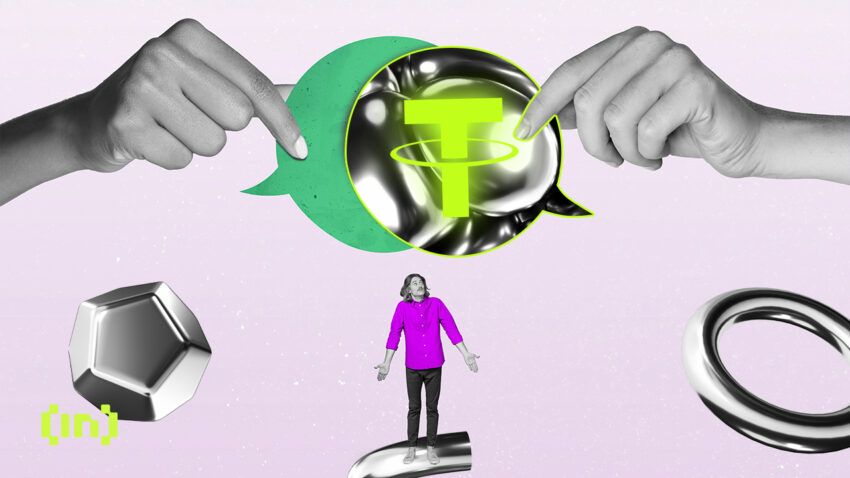Tether (USDT), the world’s most popular stablecoin, has not fared well in a new credit ratings list. The ratings are not official but may offer an insight into how institutions may view stablecoin stability and backing.
Bluechip, an independent nonprofit stablecoin rating agency, announced on July 22 that it would publish its new rating lists in August.
Stablecoin Ratings Questioned
Economist John Paul Koning commented that “This is a step forward.” He also noted that New York stablecoins GUSD, BUSD, and Paxos were getting the best ratings, “and rightfully so.”
He added that “offshore stablecoins” like Tether and TrueUSD have been “slapped with the worst ratings.”
Chairman of the U.S. House Committee on Financial Services, Patrick McHenry, also tweeted the stablecoin ratings list.

Tether received an overall rating of ‘D,’ according to Bluechip.
The “high risk” branding was applied due to its lack of decentralization. There were issues with governance that included reserve verification and redemption transparency. It also branded Tether’s gold standard stablecoin XAUT with a ‘D.’
Bluechip stated that Tether can be upgraded to ‘C’ by “disclosing the names of its banks and custodians.” Additionally, it could also perform a complete financial audit by an independent auditor or “incorporate transparent and reasonable timelines for redemption in the Terms of Service,”
Read more: What Is a Stablecoin? A Beginner’s Guide
Chief economist at Bluechip, Garett Jones, explained, “A lot of our Bluechip stablecoin ratings turn on quality of governance.” “Piles of wealth invite predators of wealth, whether inside or outside the organization,” he added.
However, Paolo Ardoino, the CTO of Tether, expressed his lack of impression with the rating by tweeting this meme on July 23.
The Best and the Worst Ratings
Strangely, Binance USD (BUSD) got an ‘A’ rating despite the SEC suing issuer Paxos as part of its war on crypto.
Fully regulated Gemini USD (GUSD) also got an ‘A’ rating, as did Liquity USD (LUSD) which often fluctuates from its peg. The SEC also targeted Gemini with a lawsuit.
The rating agency flagged Circle’s USD Coin (USDC) as a ‘B+.’ Despite being completely centralized, which caused it to lose points, Bluechip considered it as ‘low risk’ due to its governance properties.
The world’s third largest stablecoin, DAI, gained points for its decentralization and also received a ‘B+.’
The only stablecoin to rank at the bottom with an ‘F’ was Tron’s USDD. The asset had a red flag for lack of stability and governance. TrueUSD (TUSD), which has also been in the spotlight recently, also got a ‘D’ grade.
Disclaimer
In adherence to the Trust Project guidelines, BeInCrypto is committed to unbiased, transparent reporting. This news article aims to provide accurate, timely information. However, readers are advised to verify facts independently and consult with a professional before making any decisions based on this content. Please note that our Terms and Conditions, Privacy Policy, and Disclaimers have been updated.


